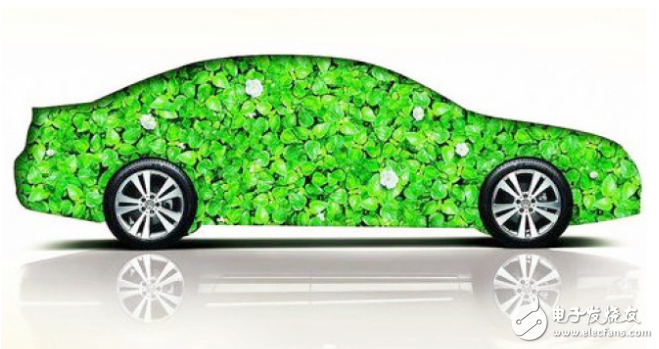Recently, including Toyota, Daimler, BMW, Honda and Hyundai, the world's top auto companies and Shell, Mobil and other oil and gas companies jointly formed the "hydrogen vehicle" association responsible for the "hydrogen as a key solution for energy transformation" and released report.

The report was published at the World Economic Forum in Davos and was signed by 13 major companies. Their job is to prove to the major car companies, regulators and the public the advantages and necessity of using hydrogen vehicles and the containment of global energy and environmental protection. And a large number of new subsidies to the oil and gas industry, as the transition to clean fuel is an inevitable trend in the future automotive and oil and gas industry.

The report also describes the advantages of hydrogen as a “clean fuel or energy source†because it does not release any carbon dioxide and sulfur dioxide during use, which is of great benefit to our environmental protection. Natural gas will be used to convert methane to hydrogen.
Today's gasoline vehicles have a great impact on our atmospheric environment. Whether it is the greenhouse effect, the hole in the ozone layer, or the acid rain or black rain, the exhaust gas emitted by the car is one of the causes of these phenomena. Substances cause serious pollution to the atmosphere. Automobile exhaust is a major source of air pollution. Automobile exhaust contains many components, including carbon monoxide (CO), hydrocarbons (HC), nitrogen oxides (NOX), and oxysulfides. (SOX), volatile organic compounds, ozone, lead (Pb), and solid particles (carbon soot). Among them, nitrogen oxides are the main reason for the formation of photochemical smog and acid rain in the atmosphere.
Electric vehicles are not yet perfect, and battery capacity is a core factor limiting the development of electric vehicles because of the need to solve battery capacity problems. All it takes is a bit more research, super capacitors, and better fast charging devices. The “hydrogen car†does not have these problems, and it is a good choice for new energy vehicles other than electric vehicles.
Global Lithium-ion Battery Market: Bifurcation
- Based on product, the lithium ion battery market has been categorized into cells/ modules, battery packs, and energy storage systems (ESS).
- On the basis of end-user industry, the global lithium ion battery market is bifurcated into consumer electronics, automotive, and grid energy & industrial.
- In terms of region, the report classifies the market into North America, Europe, Asia Pacific, Middle East & Africa (MEA), and South America. Regions have been analyzed in terms of value and volume shipments in the lithium ion battery market industry. Moreover, region-wise prominent countries covered in the report include the U.S, Canada, Germany, the U.K., France, China, Japan, South Korea, South Africa, GCC, and Brazil.
Global Lithium-ion Battery Market: Rules & Regulations
- As lithium-ion batteries are hazardous material, various regulations regarding the shipment of these batteries have been laid down. The International Air Transport Association (IATA) has set regulations regarding the shipment of lithium-ion batteries in its IATA Dangerous Goods Regulations (DGR).
- Globally, lithium-ion batteries can be shipped as individual cells or group of cells (batteries); batteries/ cell packed with a smartphone or tablet but separated from the electronic equipment and batteries/ cells contained in an equipment.
- Regulations state that, lithium-ion cells and batteries are banned from being transported as cargo or in passenger aircrafts.
- The packaging of lithium-ion batteries must be done in accordance with Packing Instruction (PI) 965. Lithium-ion batteries must be packed in accordance with Section IA or Section IB of PI 965, and must not be packed with the same outer packaging with dangerous goods classified in Class 1 (explosives).
- The packaging of lithium-ion batteries must contain the label [Cargo Aircraft Only," and marked [UN3480." The minimum packaging dimension of packing lithium-ion batteries is 120 mm wide x 110 mm high.
Solar System Batteries,Solar Panel Battery Cost,Enphase Battery Cost,Solar Battery Storage Price
Shenzhen Zhifu New Energy Co., Ltd. , https://www.sunbeambattery.com